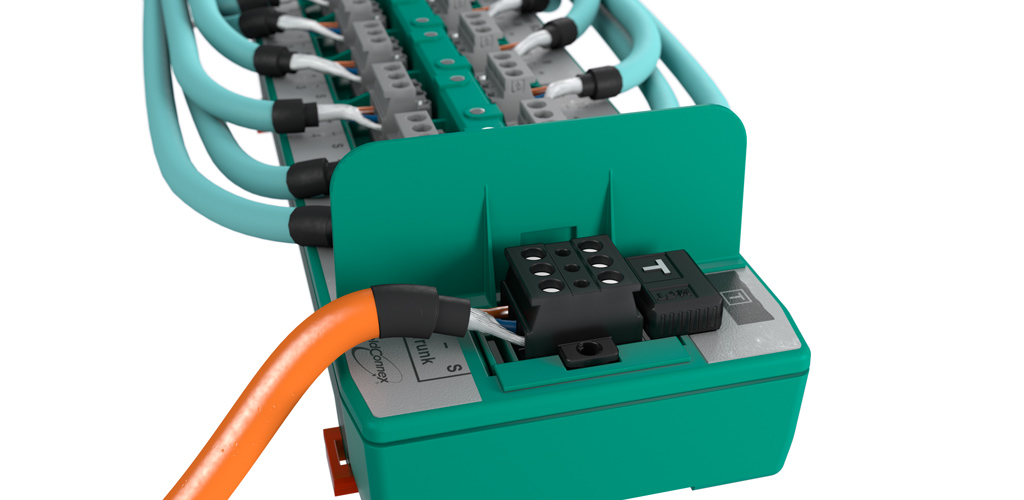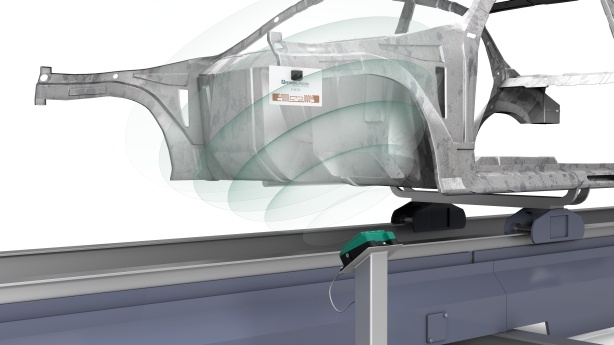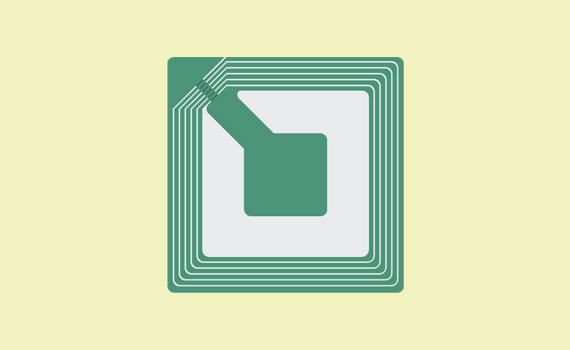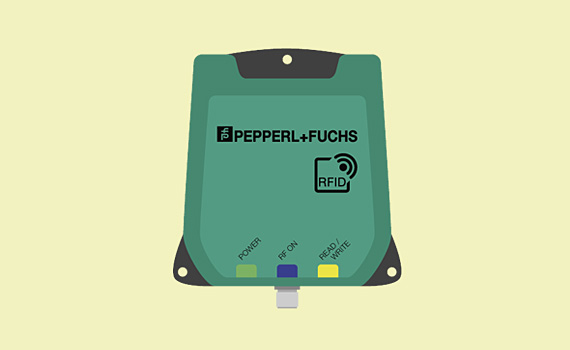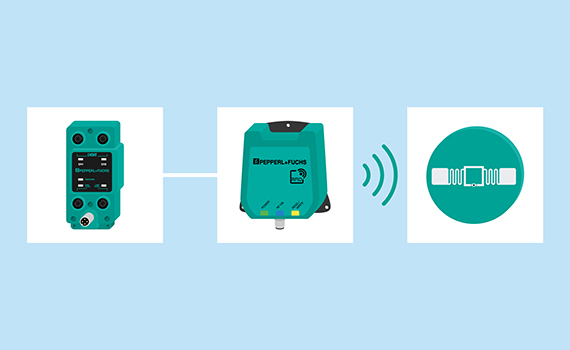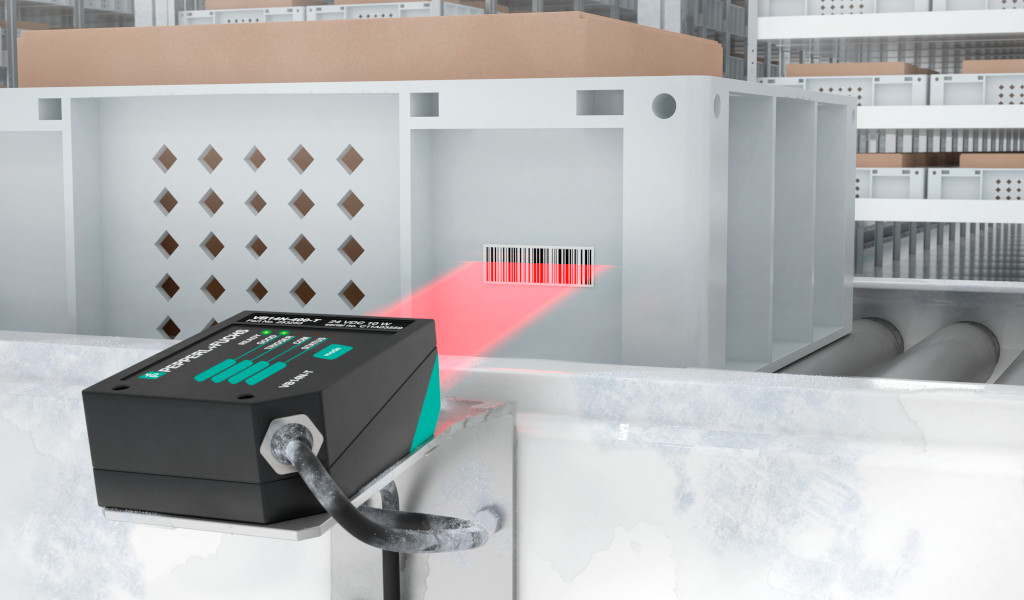What Is a Fieldbus Terminator and What Is Its Function?
The fieldbus terminator, also referred to as a terminator, is a component in a fieldbus system. This terminator takes the shape of a series connection featuring a 1 µF capacitor and a 100 Ω resistor. The main task of the fieldbus terminator is to transform the data signal transmitted as a current change into a voltage change that can be detected by all nodes.
